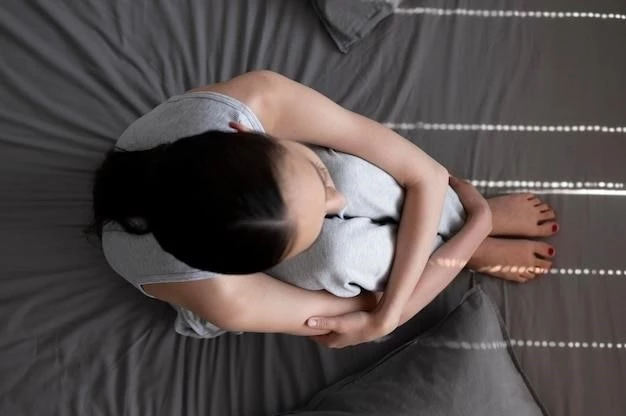Understanding Ceraunophobia
Causes of Ceraunophobia

Ceraunophobia‚ or the fear of thunder and lightning‚ can have various causes‚ often stemming from traumatic experiences during childhood related to thunderstorms․ It can also be triggered by a lack of understanding about the natural phenomena of thunder and lightning‚ leading to a sense of unpredictability and fear․ Additionally‚ genetic predispositions to anxiety disorders may play a role in the development of ceraunophobia․ Environmental factors‚ such as living in areas prone to frequent thunderstorms‚ can contribute to the fear as well․
Symptoms of Ceraunophobia
Individuals with ceraunophobia may experience a range of symptoms‚ such as intense fear‚ anxiety‚ panic attacks‚ trembling‚ sweating‚ rapid heartbeat‚ shortness of breath‚ and a strong desire to seek shelter or hide during thunderstorms․ Some people may also exhibit avoidance behaviors‚ leading to disruptions in daily activities․ The fear of thunder and lightning can result in significant distress and impairment in various areas of life‚ affecting overall well-being and mental health․
Treatment Options for Ceraunophobia
When addressing ceraunophobia‚ treatment options may include therapy‚ such as cognitive-behavioral therapy (CBT) to help individuals understand and manage their fear responses‚ exposure therapy to gradually confront the fear of thunder and lightning‚ and relaxation techniques like deep breathing or mindfulness to reduce anxiety levels․ Medications like anti-anxiety drugs or beta-blockers may be prescribed in some cases to alleviate symptoms․ It’s essential for individuals to work closely with mental health professionals to determine the most effective treatment plan tailored to their needs․
Coping Mechanisms for Ceraunophobia
Individuals with ceraunophobia can employ various coping mechanisms to manage their fear‚ such as practicing mindfulness techniques to stay present and calm during thunderstorms‚ creating a safety plan that includes seeking shelter in a designated safe space‚ using relaxation exercises like progressive muscle relaxation‚ and seeking support from friends‚ family‚ or support groups․ Developing a better understanding of thunderstorms and learning about safety measures can also help individuals feel more empowered and in control when facing their fear of thunder and lightning;
Facts About Ceraunophobia
Ceraunophobia‚ also known as astraphobia‚ brontophobia‚ or tonitrophobia‚ is a specific phobia characterized by an irrational and persistent fear of thunder and lightning․ It is more common in children but can persist into adulthood․ This fear can be triggered by traumatic experiences‚ a lack of understanding of the natural phenomenon‚ or genetic predispositions to anxiety disorders․ Ceraunophobia is a recognized psychological condition that can significantly impact an individual’s quality of life if left untreated․
Famous Cases of Ceraunophobia
While specific famous cases of ceraunophobia may not always be publicly disclosed due to the personal nature of the phobia‚ there have been instances of well-known individuals openly discussing their fear of thunder and lightning․ Celebrities‚ athletes‚ or public figures who have shared their experiences with ceraunophobia can help raise awareness about this phobia and encourage others to seek help in managing their own fears through therapy‚ coping strategies‚ and support․
Impact of Ceraunophobia on Daily Life
Ceraunophobia can have a profound impact on an individual’s daily life‚ leading to heightened anxiety levels‚ avoidance of outdoor activities during thunderstorms‚ disruptions in work or school performance‚ and strained relationships with others who may not understand the fear․ The constant fear of thunder and lightning can cause emotional distress‚ sleep disturbances‚ and overall decreased quality of life․ It is essential for those affected by ceraunophobia to seek appropriate treatment and support to mitigate its impact and improve daily functioning․
Overcoming Ceraunophobia
Overcoming ceraunophobia involves a multi-faceted approach‚ including therapy to address underlying fears and cognitive distortions‚ gradual exposure to thunderstorms in a controlled environment to desensitize the fear response‚ practicing relaxation techniques to manage anxiety‚ and developing coping strategies for future encounters with thunder and lightning․ Support from mental health professionals‚ understanding friends and family‚ and participation in support groups can also aid in the journey towards overcoming ceraunophobia and regaining a sense of control and comfort during storms․
